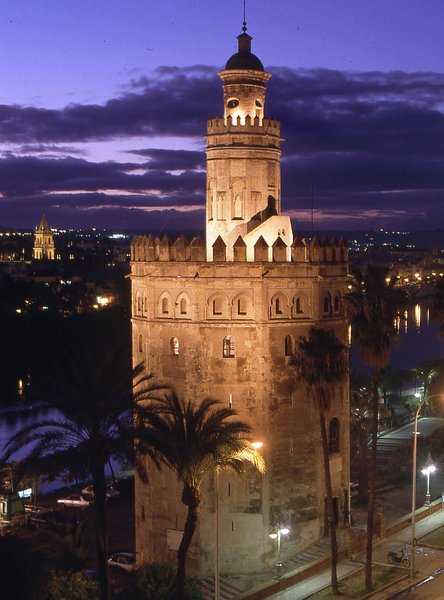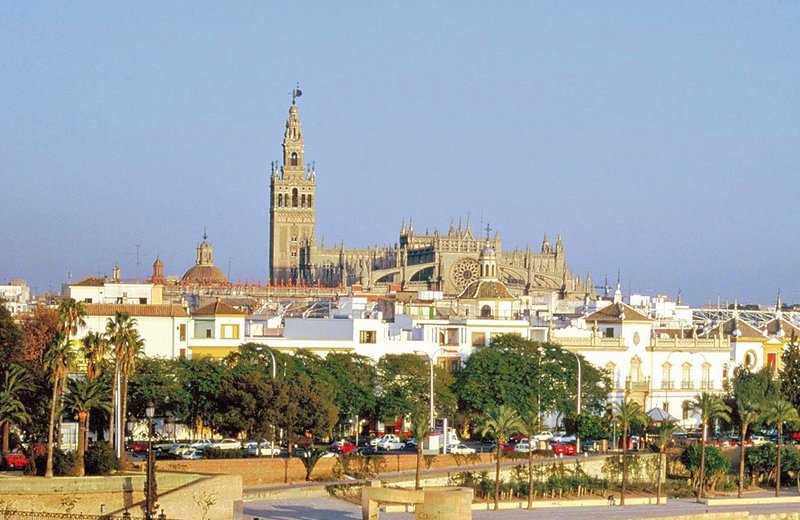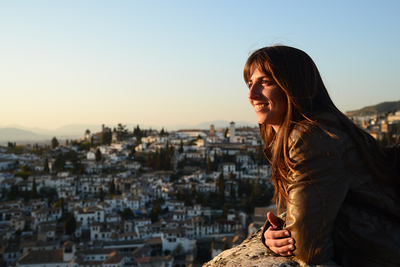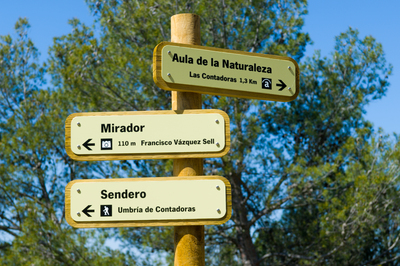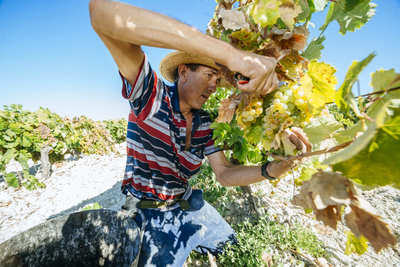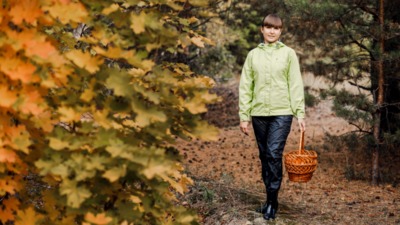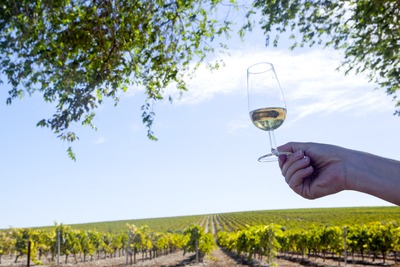Marifé de Triana's neighbourhood
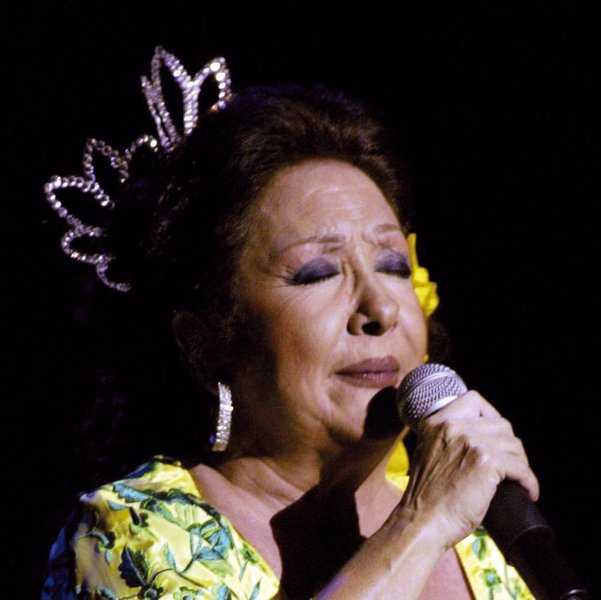
Master of Andalusian song, temperamental and unique in her style, she lived and felt every lyric with passion. Her excellent technical skill revolutionised and catapulted the copla into the spotlight.
Marifé de Triana (Burguillos, 1936 - Torremolinos, 2013)
The actress of the copla
The flamenco and tonadilla singer named María Felisa Martínez López was born in Burguillos. Of humble origins, the Spanish Civil War saw her family become even poorer and they moved to the Triana district, in Seville. At a very young age, she learned coplas, especially those of tonadilla singer, Juanita Reina, who she worshipped. At nine years old, she lost her father and she moved with the rest of the family to Madrid, where she continued in school until twelve years old. In Madrid, she continued her studies and met the master Manuel Gordillo, who dedicated to her the song 'Torre de Arena', which would be considered Marifé de Triana's greatest success, signifying her passage to stardom in Spanish singing.
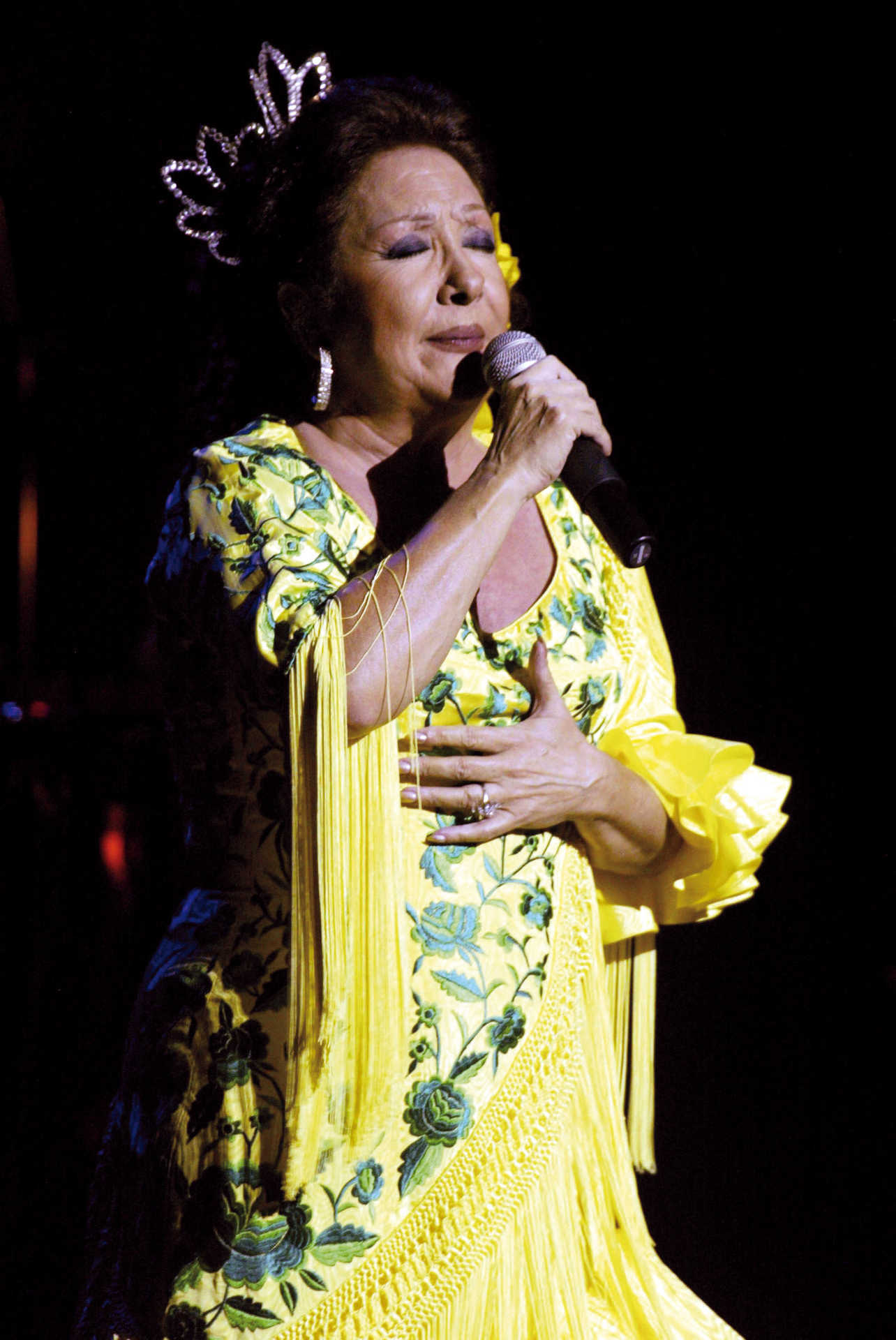
She continued to add hits in tonadilla to her repertoire, such as María de la O, La Rosa de Capuchinos, Romance de la Reina Mercedes, La Lirio and En tierra extraña, coplas she melodramatically recreated and which led to her being named as the actress of the copla.
She married the actor José María Calvo and set up home in the Province of Malaga, where she died in Torremolinos in 2013 at 76 years old.
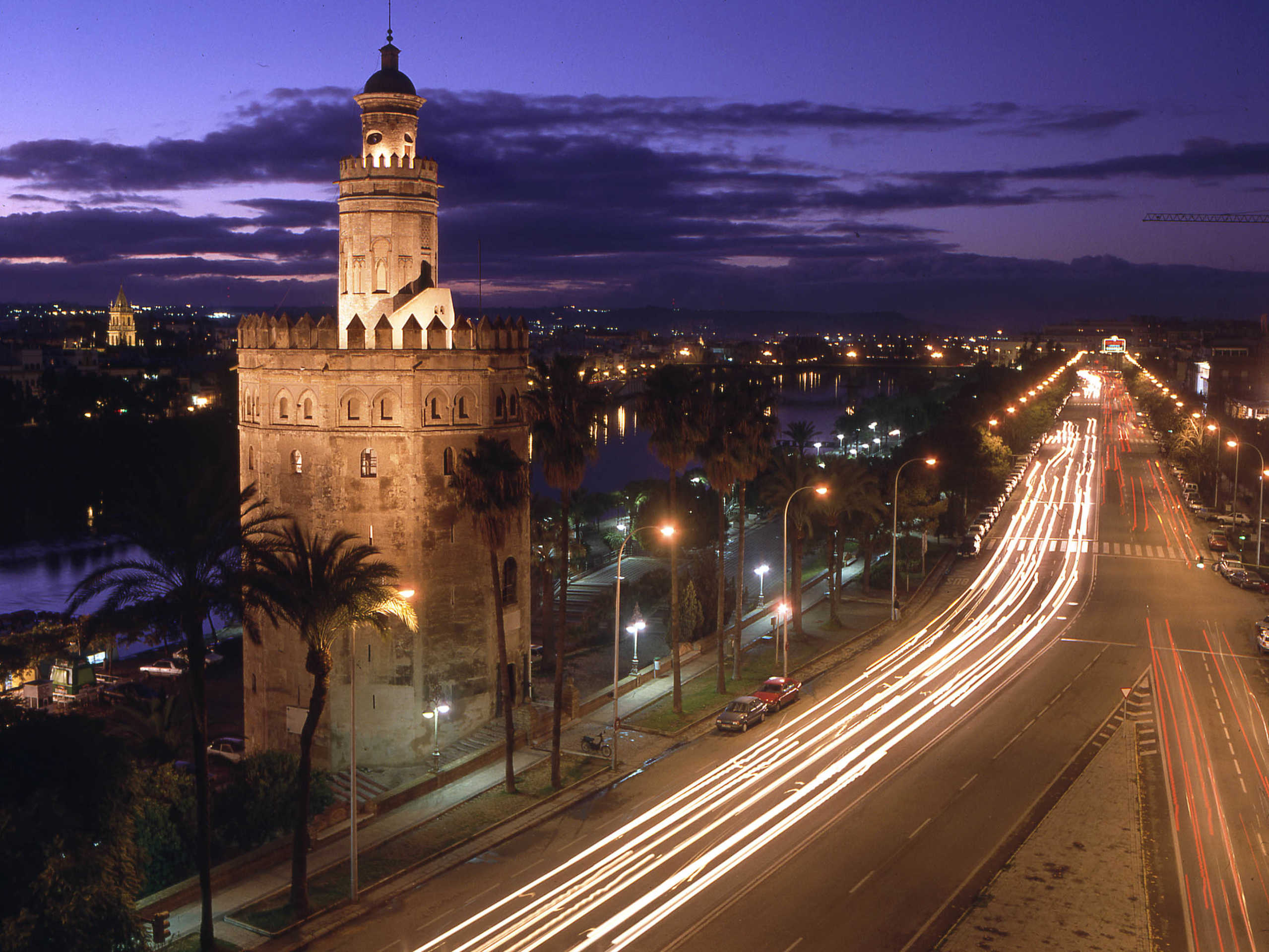
Neighbourhood of artists
The oldest neighbourhood in Seville sits on the right bank of the Guadalquivir River, in the west of the city, nestled on the gentle hills of the Aljarafe. Legend has it that the goddess Astarte, persecuted by Hercules, took refuge on the western bank of the ancient Betis and founded Triana, a congregation of sailors, dockworkers and potters, and the home of renowned flamenco artists and bullfighters.
Santa Ana Church is one of the most significant monuments in Triana. Several of the temple's chapels have preserved beautiful tiled plinths from the 16th and 17th centuries. In the retrochoir you can see a painting by Alejo Fernández (16th century) that represents the Madonna of the Rose. The interior houses the so-called "gypsies' font" as, according to popular belief, its waters granted the baptised baby the essence of the art of flamenco.
In addition to Santa Ana, the area has stunning churches, such as San Jacinto (1640) and Nuestra Señora de la O (1697-1702), Los Marineros Chapel where the Esperanza de Triana (1815) is found, Patrocinio Chapel - "El Cachorro" (18th century), and Las Mínimas Convent (16th century). At the entrance to Triana by the Triana Bridge, on the right, rises Capillita del Carmen, which is the work of Aníbal González from 1928 and which is fondly known as "the lighter", due to its appearance being similar to that of an old tinder lighter
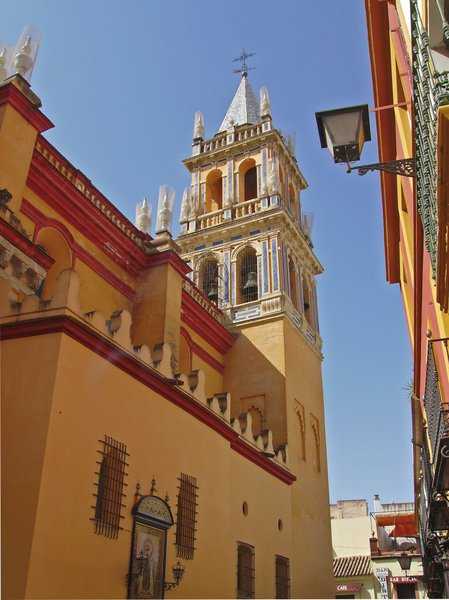
Grocery market
The market in Triana district is located in Plaza del Altozano, next to Triana Bridge from which you can reach the Castle of San Jorge (the former headquarters of the Inquisition). At the market you will find fresh oysters from Seville, in addition to delicious sushi. Its gates open onto Plaza del Altozano, the nerve centre of the old Triana district from which its main streets extend: San Jacinto, the road that linked the city with Tomares and San Juan de Aznalfarache; Pagés del Corro, divided for many years into Cava de los Civiles and Cava de los Gitanos, with its corrals of neighbours; Pureza, at number 53 of the old Calle Larga pays homage to Esperanza de Triana; Castilla, which had to be walked by people travelling to the north of Spain, and on which you will find Nuestra Sra de la O Church; and Betis, which watched in amazement as ships arrived at port during the times when Seville held its monopoly of commerce with the Americas.
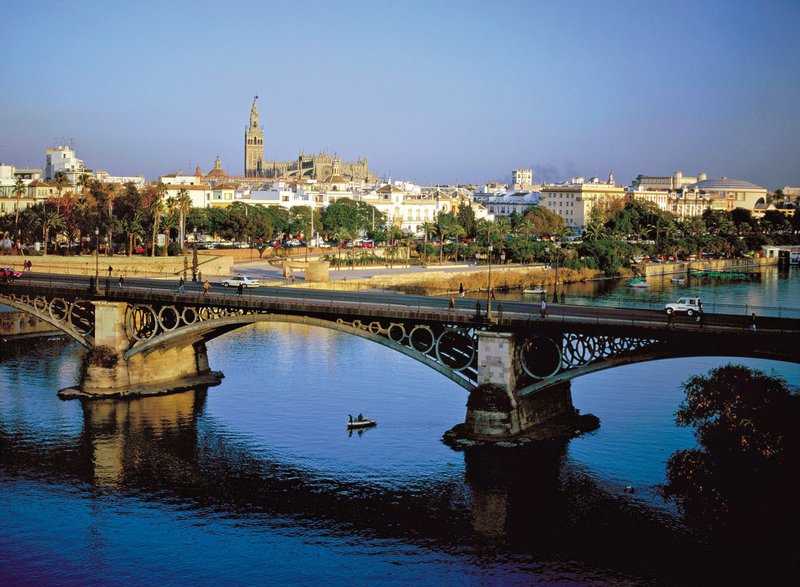
Calle Betis
Calle Betis, with its colourful façades next to the Guadalquivir, is the setting between 21 and 26 July for one of the neighbourhood's most famous celebrations: the 'Velá de Santiago y Santa Ana', during which visitors can sample traditional dishes such as marinated thinlip mullet, battered cod and green hazelnuts. At night, the area is filled with people and tables, turning the street into one of the liveliest in Seville.
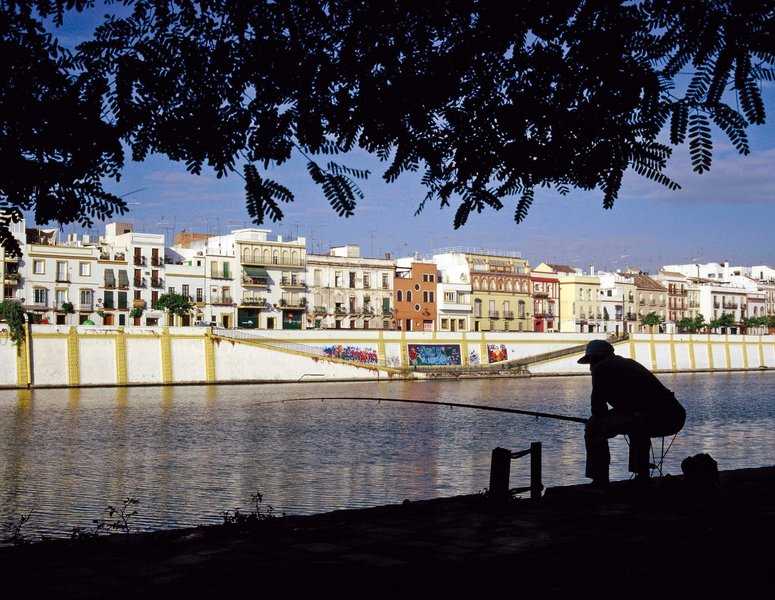
Make sure you admire the opposite side of the river from Calle Betis: you will see the Paseo de Colón, with its different garden areas, the Maestranza Bull Ring, the theatre with the same name, the Torre del Oro, the Giralda and even the far-off towers of the Plaza de España.
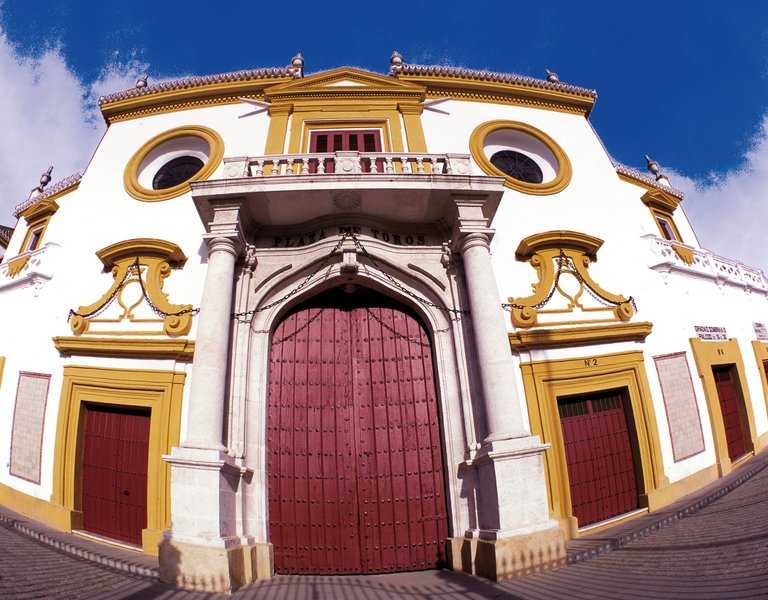
Triana also fervently celebrates El Rocío and Easter Week, which reaches its peak on Good Friday with the Esperanza procession in the morning and the El Cachorro and La O processions in the evening. Triana, which is proud of its past and traditions, has seen its name travel round the world through famous bullfighting figures (Juan Belmonte, Gitanillo de Triana, Cagancho...), singers (Marifé de Triana, Remedios Amaya, Pepe el de la Matrona, Naranjito de Triana...), dancers (Matilde Coral, Milagros Mengíbar, Antonio Canales...), and, of course, literary figures (Demófilo, Alberto Lista). It is a district that sighted American lands for the first time through the eyes of one of its inhabitants, Rodrigo de Triana, and that nurtured on its banks the holy protectors of Seville, the sisters Justa and Rufina.
Walk 1. Triana (Isabel II) Bridge - Capillita del Carmen - Grocery Market - Calle Betis - Calle Pureza - Capilla de los Marineros, Esperanza de Triana - Calle Pagés del Corro - Las Mínimas Convent - Santa Ana Church.

